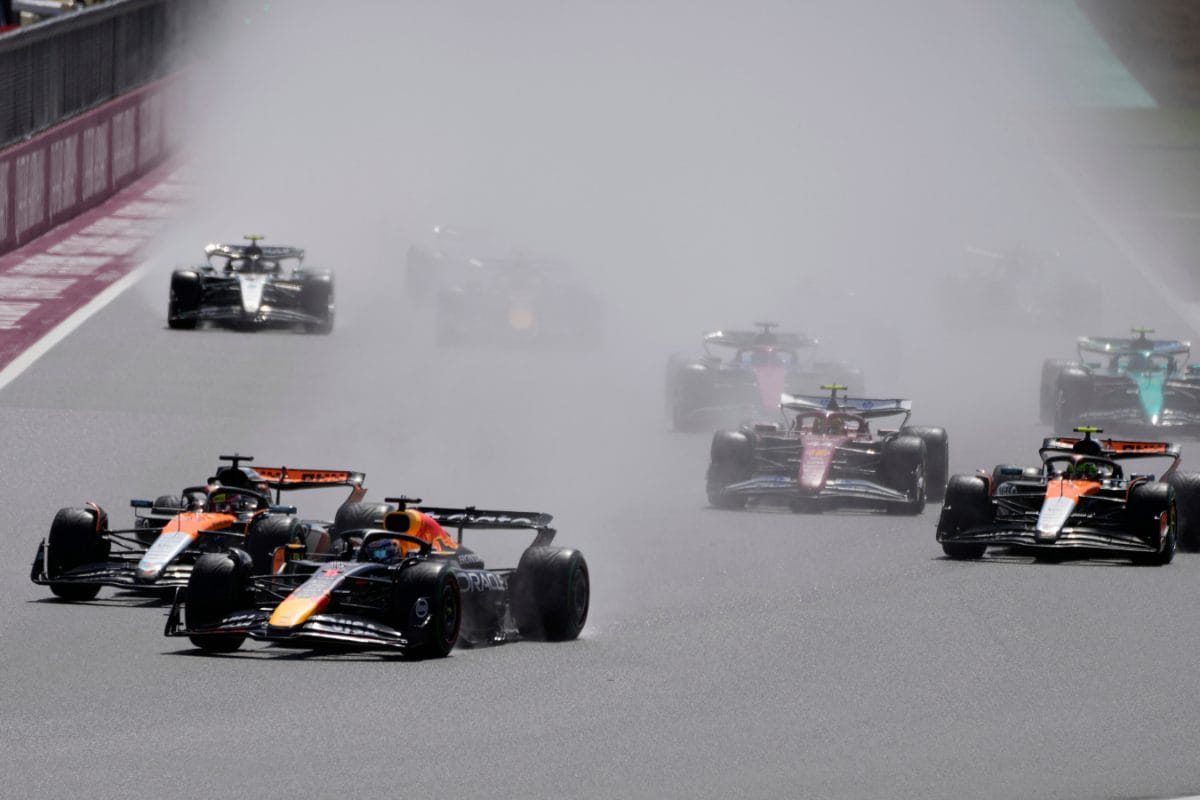

Formula 1 could be roaring back to the sounds of V8 engines as early as 2029. FIA President Mohammed Ben Sulayem has suggested a potential return to naturally-aspirated V8 or V10 engines, powered by fully sustainable fuel, after the next engine era. The V8 engines were last used in 2013, before the introduction of the current 1.6-liter V6 turbo hybrid units.
The primary motivation behind considering this change is to reduce costs and complexity. The current engine technology is incredibly intricate and expensive, with R&D reaching $200 million and each engine costing approximately $1.8 to $2.1 million. A simpler V8 engine could significantly cut these expenses. The FIA anticipates that the changes they are considering could reduce costs by 60-65% compared to the 2026 power units. This would be achieved through less complex engines, more standardized parts, and the use of cheaper materials like aluminum pistons.
Another key factor is the weight advantage offered by V8 engines. They are lighter than V10s and require less fuel, further reducing the car's overall mass. Furthermore, Ben Sulayem believes the return of V8 engines would be welcomed by both nostalgic fans and the new generation, citing the appealing sound they produce. He stated that Formula One Management (FOM) is supportive of the idea, and teams are realizing it is the right way forward.
The proposed 2029 engine regulations aim to shift the power split between the Internal Combustion Engine (ICE) and battery from the 50/50 split planned for 2026 to a 90/10 balance. This would involve simpler Kinetic Energy Recovery Systems (KERS) and smaller, more cost-efficient batteries. Such a change would not only reduce expenses but also decrease car weight and prevent situations where cars run in energy-saving modes during races.
However, the transition to V8 engines is not without its challenges. Developing new engines requires time, with Ben Sulayem estimating a three-year lead time. The cost of sustainable fuels and transmissions also needs careful consideration. Moreover, engine manufacturers have invested heavily in the 2026 engine regulations, and most are eager to see the full five-year cycle observed before any significant changes are implemented. Scrapping the 2026 regulations and reverting to V8 engines using sustainable fuel has been debated, but it has been put on hold until at least 2029.
The current plan is for Formula 1 to introduce overhauled engine regulations in 2026, retaining the 1.6-liter V6 turbo hybrid architecture but increasing electrical energy usage, using fully sustainable fuels, and eliminating the Motor Generator Unit-Heat (MGU-H). These regulations have attracted new manufacturers such as Audi, Ford, and General Motors (Cadillac) to the sport. However, Renault has announced it will end its engine program following the conclusion of the 2025 championship and will not be making engines for the new 2026 regulations.
Despite the commitment to the 2026 regulations, the FIA acknowledges the need for potential adjustments. Minor refinements could be introduced to prevent cars from running out of battery power before the end of long straights. The governing body is considering a turn-down ramp rate system to manage electrical power consumption more effectively.
While a potential shift back to V8 engines post-2030 has been considered, environmental considerations are at the forefront of the decision. The reintroduction of V8 engines would be contingent on the use of sustainable fuels. Pat Symonds, former chief technical officer for Formula 1, suggests that a high-revving V8 with a fuel flow limit and mild hybridization could be a viable option.